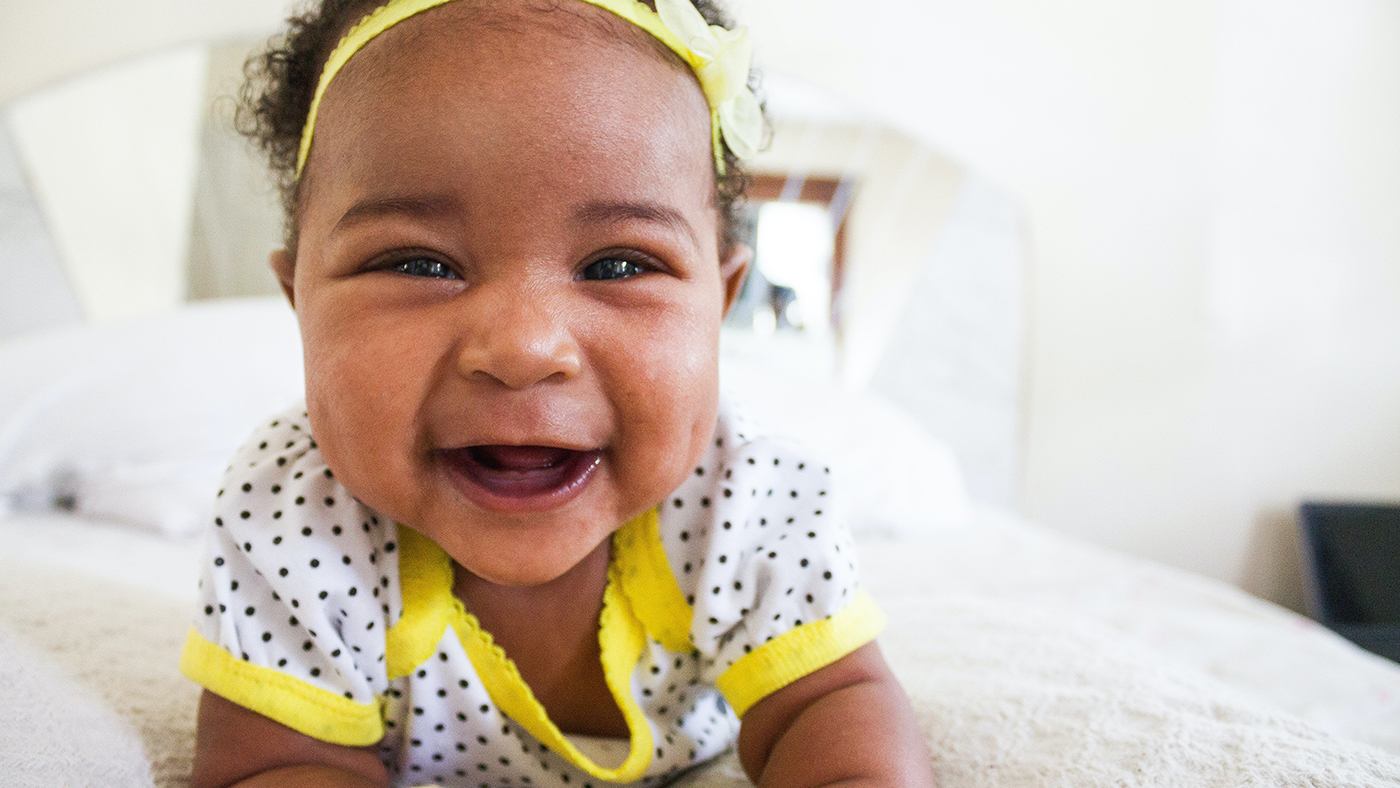The Landau reflex – not something out of Star Wars, but they will look like they're flying!

Your baby is now likely to be engaging in tummy time, or will be starting to do so. When lying on their tummy, you may see your baby arch their back and lift their arms and legs. This is also known as the Landau reflex, which is often present in babies when they are spending more time on their stomach.
When making this movement, your baby may look like they are flying like a little superhero. There are many other reflexes working in your baby’s body at this stage; these are called primitive and postural reflexes. Primitive reflexes will eventually become absorbed by the postural reflexes, but they never fully disappear.
Postural reflexes
Postural reflexes are responsible for your baby’s posture being managed instinctively when movement and position are changed, ensuring that as your baby grows, their body remains upright and aligned. These reflexes are triggered by the effects of gravity on the body, and work to control posture, balance and coordination and, unlike the Landau reflex, postural reflexes stay for life.[1]
The landau reflex
Your baby's core muscles are now strong enough to support them to lift their head, arms and legs simultaneously. The Landau reflex helps with your baby's posture development, meaning that they are taking their first steps to be able to sit and hold their body up independently. This reflex often becomes integrated as they start developing their skills in standing, crawling and walking. Unlike other reflexes present in babies, the landau reflex isn’t present at birth.[1]
The Landau reflex demonstrates that your baby is gradually developing their nervous system. It shows that your baby is moving from passive actions to active ones, and that their body is preparing them to carry out more purposeful actions than before.[2]
Your baby is preparing for rolling, pushing up and, one day, crawling and walking
You will continue to see this reflex in your baby for another few months, as they prepare their bodies for big gross motor stages, such as crawling, standing and eventually walking. Their bodies are getting stronger than before, and they will soon begin to take steps towards rolling and pushing themselves up with their hands.
References:
[1] NeuroRestart. Therapy for Immature Reflexes. Available online at: Postural reflexes – NeuroRestart
[2] Brain Balance. (2021). Retained Primitive Reflexes as a Sign of Brain Imbalance. Available: https://www.brainbalancecenters.com/blog/retained-primitive-reflexes-sign-brain-imbalance.
[3] NeuroRestart. (2021). Postural reflexes. Available: https://www.neurorestart.co.uk/postural-reflexes/.